Patriot Relics
Silver Member
Hey guys,
Got to dig a few times this past week as the overgrowth on some of my honey holes starts to die back with the colder weather. While I've pounded most of these sites, it never hurts to seek out the sections that you know everyone else have been avoiding...poison ivy, briers, etc...the areas where the only way to swing is crawling on all fours
Needless to say the strategy has been paying off. One of my favorites didn't look like much out of the ground. Standard cuff sized flat button...but a bit of careful cleaning with cold peroxide and a q-tip reveal what was hiding underneath- 3rd Regiment of Artillerist cuff (1811-1813). I've dug the later "CORPS" varieties but the script A was definitely a surprise.
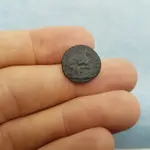
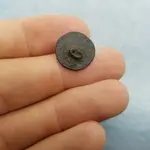
Here's the coat version from Albert's
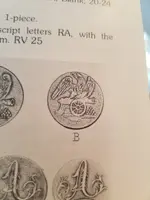
The next button is still a bit of a mystery. Construction is certainly 18th century, copper based metal with silver plate, and a braised loop shank. In the right light I can see a script 2 at the center with 2 concentric rings around the border. Possibly a 2nd SC officer button, but I'm still working to confirm. At any rate an interesting dig that's driving me crazy.

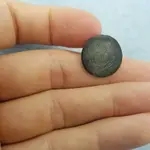
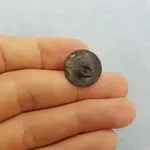
A bit further from the site I dug another button- 20th century stamped copper depicting 2 men sword fighting. Props to fyrffytr1 for the ID
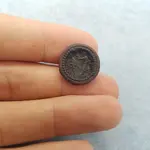
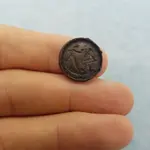
Did score one nice 35mm dandy button
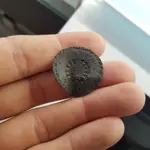
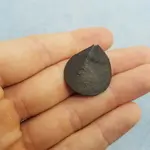
Working the area did produce a few other flat buttons that range from 1800-1830.
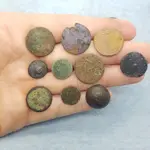
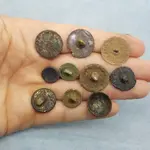
Any site with buttons usual means coins are nearby as well. The first target came in slamming in 18khz on the XP. Unfortunately due to brick and roots, recovery was challenging...as evident from the shovel nick
Still pretty cool...I'll be it a random Swedish coin- 1/12 Skilling 1808
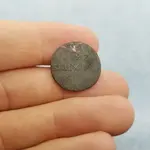
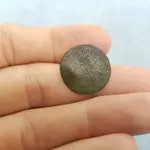
Also pulled a nice tiny 1839 half dime from the same area
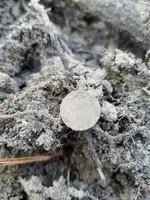
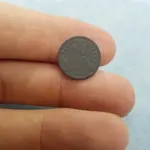
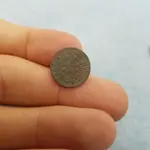
Among the other digs was a pewter knee buckle, lead ingot, and lock plate.
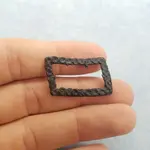
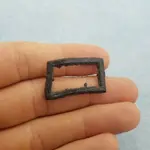
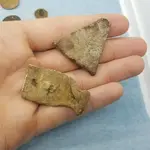
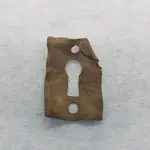
A question for all the construction material experts- what were these copper nails with the square ends used for? I always find them among the old brick ruins at my early sites.
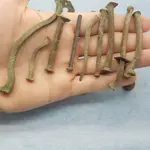
Last an interesting piece of hand blown glass- suspect it was once a 18th century chandelier ornament.
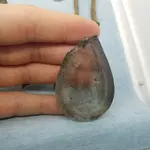
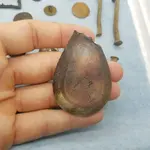
That about covers it, another productive week in the lowcountry. Thanks for looking and good luck out there
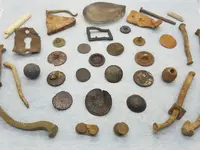
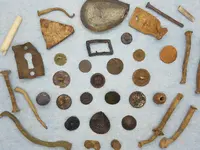
Got to dig a few times this past week as the overgrowth on some of my honey holes starts to die back with the colder weather. While I've pounded most of these sites, it never hurts to seek out the sections that you know everyone else have been avoiding...poison ivy, briers, etc...the areas where the only way to swing is crawling on all fours

Needless to say the strategy has been paying off. One of my favorites didn't look like much out of the ground. Standard cuff sized flat button...but a bit of careful cleaning with cold peroxide and a q-tip reveal what was hiding underneath- 3rd Regiment of Artillerist cuff (1811-1813). I've dug the later "CORPS" varieties but the script A was definitely a surprise.


Here's the coat version from Albert's

The next button is still a bit of a mystery. Construction is certainly 18th century, copper based metal with silver plate, and a braised loop shank. In the right light I can see a script 2 at the center with 2 concentric rings around the border. Possibly a 2nd SC officer button, but I'm still working to confirm. At any rate an interesting dig that's driving me crazy.



A bit further from the site I dug another button- 20th century stamped copper depicting 2 men sword fighting. Props to fyrffytr1 for the ID


Did score one nice 35mm dandy button


Working the area did produce a few other flat buttons that range from 1800-1830.


Any site with buttons usual means coins are nearby as well. The first target came in slamming in 18khz on the XP. Unfortunately due to brick and roots, recovery was challenging...as evident from the shovel nick

Still pretty cool...I'll be it a random Swedish coin- 1/12 Skilling 1808


Also pulled a nice tiny 1839 half dime from the same area



Among the other digs was a pewter knee buckle, lead ingot, and lock plate.




A question for all the construction material experts- what were these copper nails with the square ends used for? I always find them among the old brick ruins at my early sites.

Last an interesting piece of hand blown glass- suspect it was once a 18th century chandelier ornament.


That about covers it, another productive week in the lowcountry. Thanks for looking and good luck out there


Amazon Forum Fav 👍
Last edited:
Upvote
32







